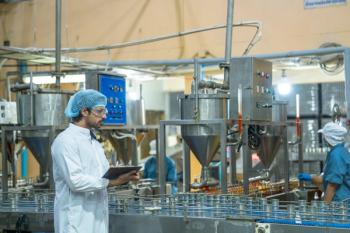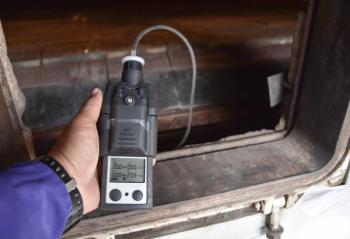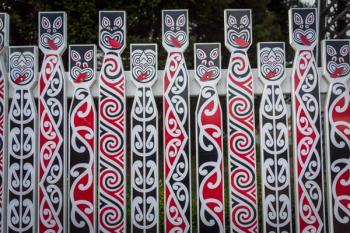
Teledyne to Acquire Roper Technologies’ Scientific Imaging Businesses
Teledyne Technologies Incorporated (Thousand Oaks, California) and Roper Technologies, Inc. (Sarasota, Florida) have entered into an agreement under which Teledyne will acquire the scientific imaging businesses of Roper for $225 million in cash.
Teledyne Technologies Incorporated (Thousand Oaks, California) and Roper Technologies, Inc. (Sarasota, Florida) have entered into an agreement under which Teledyne will acquire the scientific imaging businesses of Roper for $225 million in cash. Included in Roper’s scientific imaging businesses are Princeton Instruments, Photometrics, and Lumenera, as well as other brands.
Chairman and Chief Executive Officer of Teledyne Robert Mehrabian said in a statement that the scientific imaging businesses have similar capabilities and are highly complementary to Teledyne’s products and markets. “Princeton Instruments and Photometrics will provide Teledyne new products serving life sciences customers and markets, while Teledyne will offer Lumenera greater opportunities in the industrial domain,” he said.
Neil Hunn, Roper’s president and chief executive officer, expressed thanks for the contributions that the businesses have made to Roper and wished them continued success.
The transaction is expected to close in the first quarter of 2019, and is subject to customary closing conditions, including regulatory approval.
Newsletter
Get essential updates on the latest spectroscopy technologies, regulatory standards, and best practices—subscribe today to Spectroscopy.





